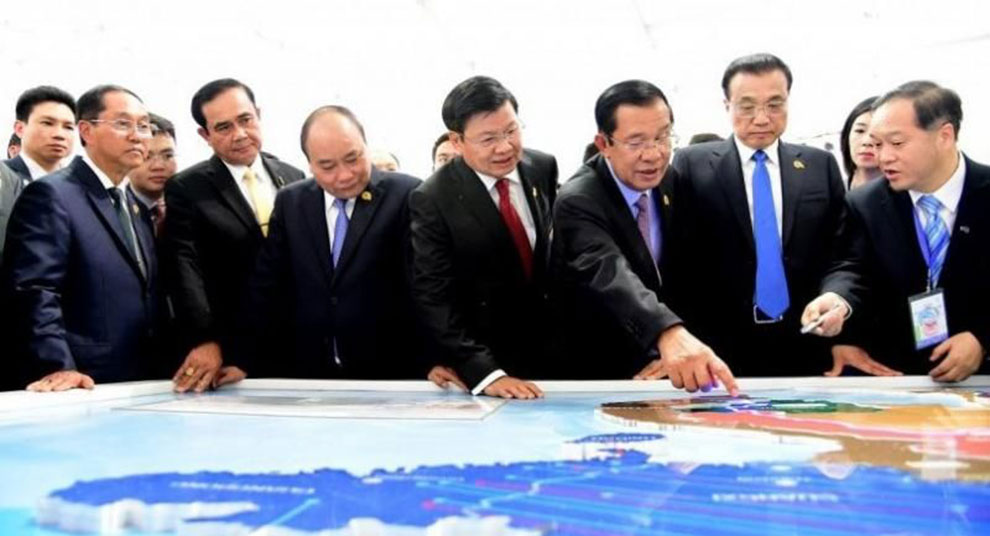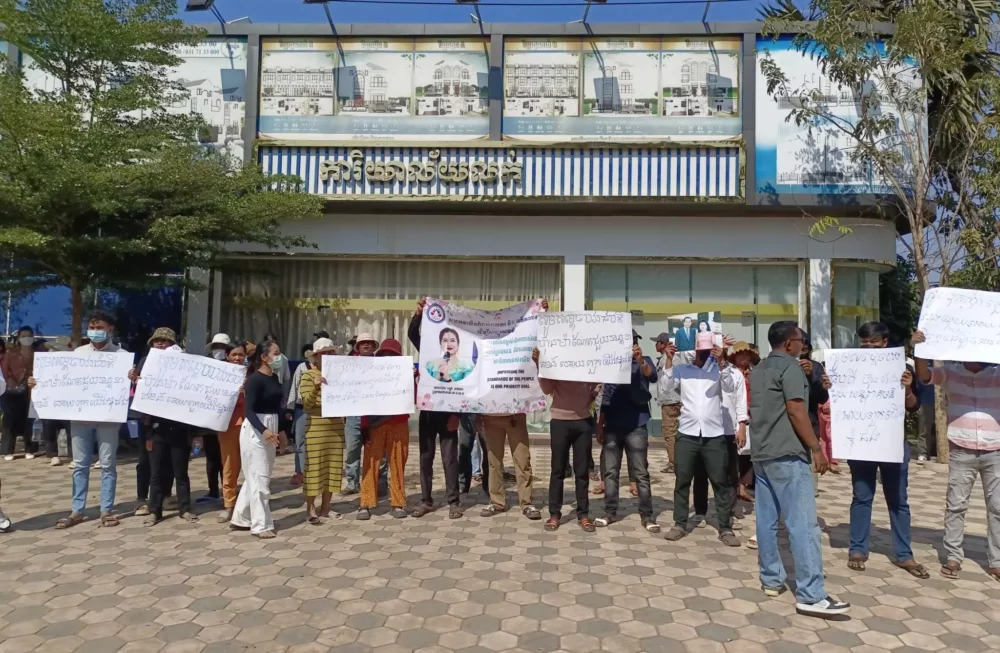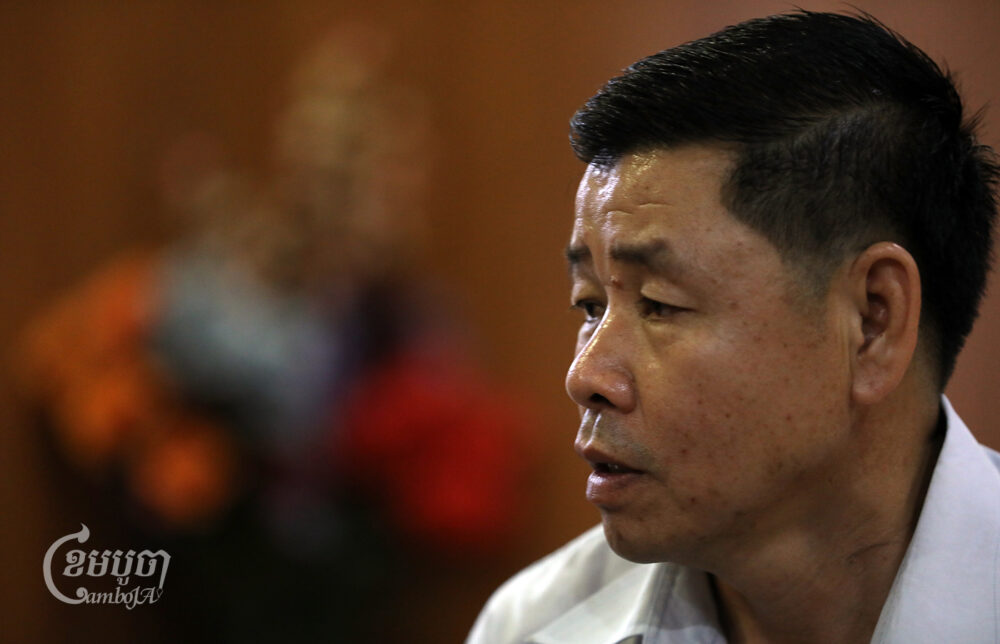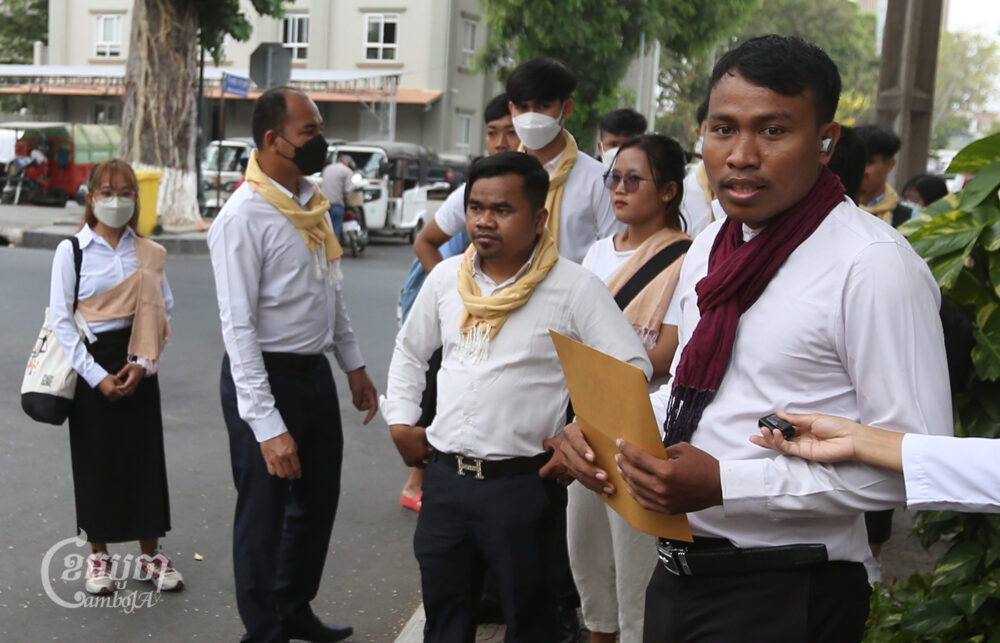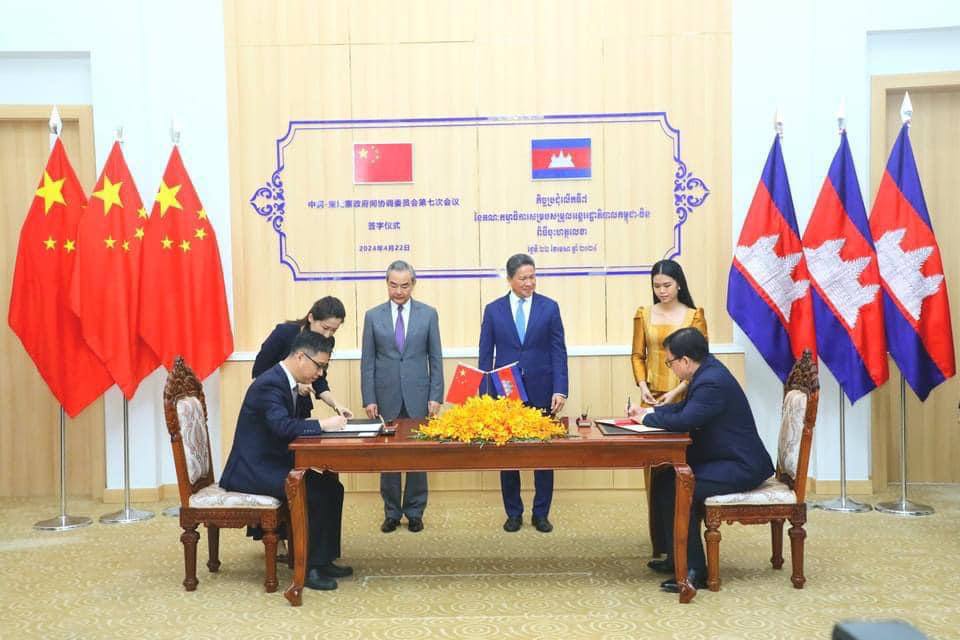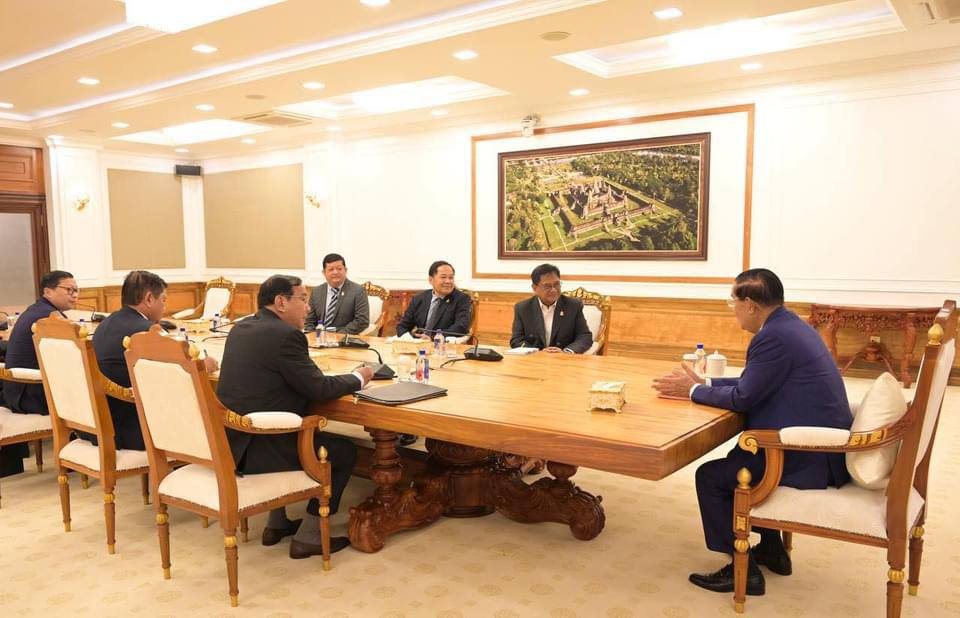“Maintaining a healthy river ecosystem and balancing the interests of both human and nature” is the advice that expert Carl Middleton, director of the Center for Social Development Studies at Chulalongkorn University, Thailand, gave for the multiparty cooperation initiative Mekong-Lancang (LMC) — started by China in 2015 with the participation of six countries including China, Myanmar, Thailand, Laos, Cambodia and Vietnam.
Four years since the first summit was held in Sanya on Hainan Island, China, the LMC has progressed and adhered to its goal of becoming a multilateral mechanism to deepen the economic, cultural and political relations between China and mainland Southeast Asia.
Hydroelectric dams and foreign policy
Since the early 1990s, Lancang-Mekong has been transformed from a free flowing river to being increasingly blocked by many large dams. Downstream on the Mekong River, nearly 60 medium and large hydroelectric dams are operating with more than 20 constructions. Meanwhile, upstream, China unilaterally built six major hydroelectric dams on the main stream in Yunnan province. The construction of these hydropower dams takes place in the context of increasingly deep regional economic integration, where electricity is traded between regions — for example from Yunnan province to southeast China, and across borders, from Laos to Thailand and Vietnam.
In 2008, dams on the river were only able to store less than 2 percent of the total flow in the Lancang-Mekong basin, but this number could increase to 20 percent by 2030. Nationally, operating the reservoirs will reduce the flood season flow by about 30 percent and increase the dry season discharge by about 70 percent.
Dam construction is both beneficial and harmful, depending on the views of the river user. The benefits have been proven to include more water for irrigation, transportation and electricity during the dry season, reduced drought and extreme floods, and other economic benefits from resource utilization of the river. However, it is very easy to point out some of the many negative impacts of dam construction on natural aquatic resources, river ecology (in each locality) and the problem of sediment transport when dams are retained, causing river bank erosion to increase. While project developers and governments are always preaching benefit-sharing mechanisms, the biggest risks are on the poorest communities, whose livelihoods depend on river resources.
In March 2016, when the region faced severe drought, China released water from dams on the Lancang River, just a week before the first LMC Summit took place. A Ministry of Foreign Affairs spokesman said this showed that China’s “water base” helped control floods and address drought. However, local media reflected that some communities in Thailand were not informed about the discharge of water and suffered many negative impacts. This implies that more coordination is needed from transnational to local levels.
Collaboration platform based on LMC
Over the years, the LMC has significantly built its institutional structures, set up annual foreign minister meetings, and many high-level government meetings and training, a secretariat, and the Lancang-Mekong Water Resources Cooperation Center in Beijing and the Global Mekong Research Center that links think-tanks in the region.
China considers the LMC to be a component of the Greater Belt and Road Initiative to develop infrastructure and regional connectivity on strategic roads and maritime routes. The LMC was also given as an example of “South-South cooperation” and announced it would look forward to the U.N. Agenda 2030 on sustainable development. The core focus is to deepen economic relations. China has been an important trading partner and the second largest investor in most countries in Southeast Asia, so based on the LMC, China plans many regional integration projects including infrastructure such as roads, railroads, power grids, telecommunications and reef breaking to improve navigation.
To deepen the water agenda, the LMC established the Lancang-Mekong Water Resources Cooperation Center (LMWRCC) with the secretariat headquartered in Beijing. The LMWRCC aims to become a platform for cooperation in technical exchange, capacity building, drought and flood management, data and information sharing, and joint research.
Towards inclusive reciprocity
More than 70 million people live in the Lancang-Mekong basin that flows through six countries that have diverse relationships with the river and compete for its use, so cooperation between countries sharing the rivers is essential to ensuring inclusive, fair and sustainable outcomes.
Firstly, the LMC needs to develop a principle of “reciprocity” cooperation. In particular, the content of LMC cooperation should focus on the sustainable protection of the Mekong River’s water source as a focus. Upstream and downstream countries should seek reciprocal measures to help curb the unilateral exploitation of the Mekong River water sources without consultation with member countries. At the same time, it is necessary to have a mechanism to assess the impact and address the responsible consequences for negative impacts downstream.
Second, the LMC is focusing its agenda on economic growth and infrastructure. However, in reality, the construction of large hydroelectric dams and plans to dredge the Mekong River to build waterway transportation have been threatening the ecological sustainability of the river. The LMC is able to regulate the consultation processes among its members, with the real involvement of researchers, allowing public opinion to be broader and encouraging debate.
Third, the LMC needs to promote the sharing of river data at the level of intergovernmental and expert cooperation, such as sharing dry season discharge data. So far, the LMC has initiated a number of limited participatory studies of collaborative experts and this should be expanded, especially to assess the impact of existing water infrastructure projects before the next projects are proposed.
Fourthly, to truly promote the potential, Mekong-Lancang cooperation needs a substantive approach, practical benefits and harmonious coordination with other cooperative mechanisms and frameworks to create spillover effects. In addition, it is necessary to attach importance to the scientific and sustainable management and use of the water resources of the Mekong River; promote economic connectivity in the subregion, cooperate in sustainable agricultural production, and facilitate trade, investment and cross-border tourism.
Vietnam Embassy to Cambodia


